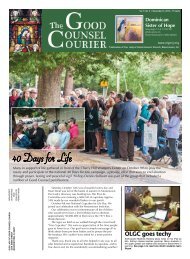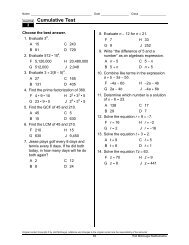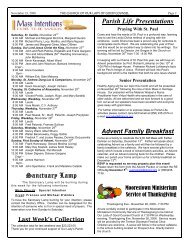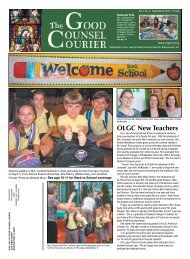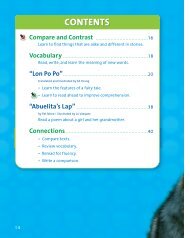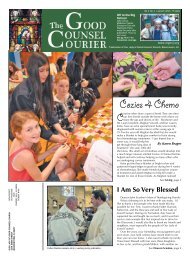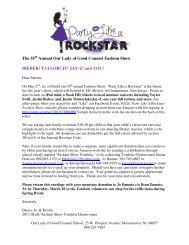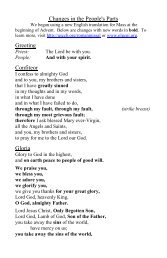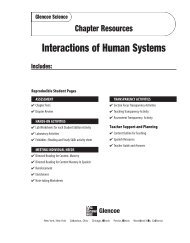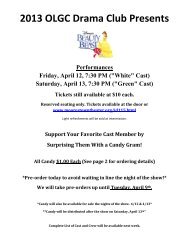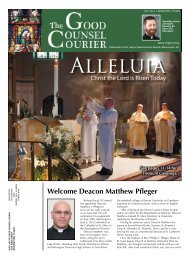Chapter 13 Resource: Circulation and Immunity
Chapter 13 Resource: Circulation and Immunity
Chapter 13 Resource: Circulation and Immunity
You also want an ePaper? Increase the reach of your titles
YUMPU automatically turns print PDFs into web optimized ePapers that Google loves.
Name Date ClassLaboratory Activity 1 (continued)Data <strong>and</strong> Observations1. Label <strong>and</strong> color Figure 2 as instructed in the Procedure. NOTE: Notice that Figure 2 shows theleft <strong>and</strong> right sides of the heart reversed. The diagram actually shows the position of the heartin a person as it would appear if you were facing that person whose heart is shown.2. Complete Table 1. Use the words oxygenated or deoxygenated to describe the condition of theblood in each part. (See Part C of the Procedure.)Table 1H<strong>and</strong>s-On ActivitiesPartAtriumVentricleVena cavaAortaPulmonary veinPulmonary arteryRight sideLeft sideQuestions <strong>and</strong> Conclusions1. To what part of the body is blood pumped as it passes through the pulmonary artery?Copyright © Glencoe/McGraw-Hill, a division of the McGraw-Hill Companies, Inc.2. From what part of the body is blood being returned to the heart as it passes through thepulmonary veins? Through the vena cava?3. If blood leaves the right side of the heart deoxygenated <strong>and</strong> returns to the left side oxygenated,what gas has been added to the blood? Through what organ must the blood pass in order tochange in this way?4. Explain why the muscle of the left ventricle is thicker than the muscle of the right ventricle.5. Explain the function of the heart valves.<strong>Circulation</strong> <strong>and</strong> <strong>Immunity</strong> 11



